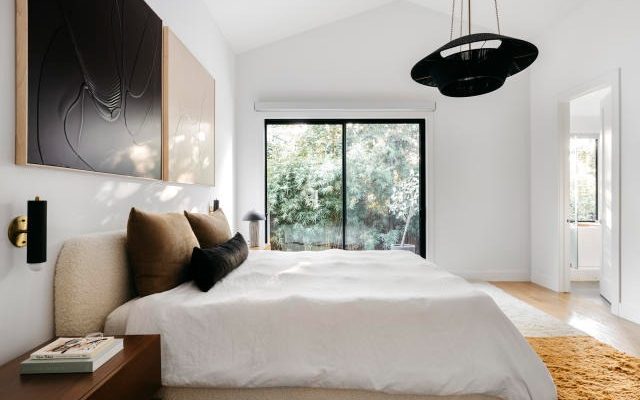Experts Unanimously Agree This is the Optimum Level to Aim

Experts in the field of sleep science have conducted numerous studies to establish an optimal sleeping environment, and humidity plays a significant role. When it comes to the best humidity levels for sleep, the consensus among experts is that maintaining indoor relative humidity levels between 30% and 50% is most conducive for a good night’s rest. This range helps to support the body’s natural thermoregulation processes during sleep.
The human body is sensitive to humidity because it affects our ability to cool down through sweating. In an environment with high humidity, the air is saturated with moisture, which slows down the evaporation of sweat and hinders the body’s ability to regulate its temperature. This can lead to restlessness and interrupt sleep. On the flip side, when the air is too dry (low humidity), it can irritate respiratory passages, skin, and eyes, also disrupting sleep.
A relative humidity level around 40% to 50% strikes the right balance by providing enough moisture in the air to prevent dryness while still allowing for efficient sweat evaporation for a comfortable body temperature during sleep.
Maintaining this optimal range can be particularly challenging during extreme weather conditions — hot summers or cold winters — which may necessitate the use of humidifiers or dehumidifiers. Additionally, hygrometers can be employed in bedrooms to monitor and maintain the appropriate humidity level.
In conclusion, aiming for a bedroom humidity level within the 30% to 50% range can play a crucial role in achieving the most restorative sleep possible. It’s a small environmental factor that can have a big impact on overall health and well-being.






